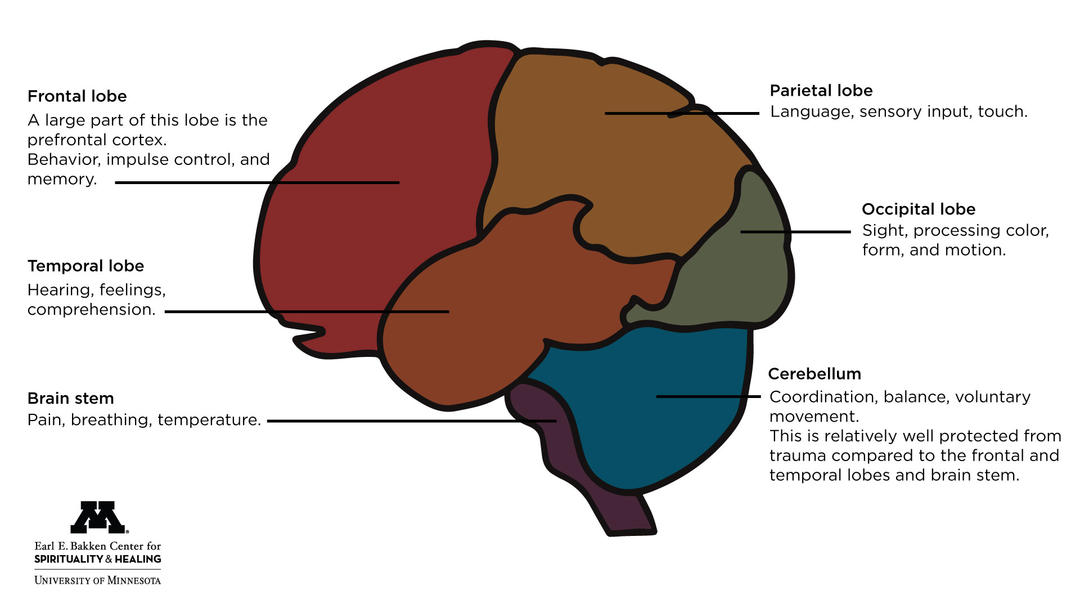Health care professionals are still relatively new to understanding trauma - only in 1980 was Post Traumatic Stress Disorder (PTSD) first acknowledged as a mental health disorder, mostly recognized in war veterans.
Anyone who has experienced discrimination due to gender, sexuality, ableism, poverty, or race, has also possibly had traumatic events occur related to oppression. We have been made to feel like we don’t belong. Similarly, it is now recognized that anyone who has been diagnosed with a life threatening disease and gone through treatment such as surgery or chemotherapy, has also likely experienced trauma.
Trauma is messy. When a person experiences trauma, they experience it with their whole self. Every aspect of who a person is changes the way they experience a traumatic diagnosis or event. The experience can be made better or worse depending on a person’s race, gender, level of disability, class, and many other factors. When a person comes from a group that isn’t the mainstream and they are diagnosed with a serious illness, they may experience something called intersectionality.
Intersectionality occurs as two or more layers of adverse, fundamental experiences. Being non-white, LGBTQIA+, and diagnosed with a life altering disease are examples of three layers of intersectionality.
Imagine having a diagnosis of cancer. Now, imagine you are also a transgender man. When your health care team uses incorrect names or pronouns despite correction, it is clear either they are not listening or they do not respect their patient. It can be traumatic to be unseen both physically and emotionally by your health care team. If this situation resounds with you, know that you are not alone. We can set boundaries with our health care team even during treatment.
Intersectionality can compound layers of trauma - it often becomes bigger, messier, and harder to cope. For some, it can be impossible to avoid compounding layers of intersectional trauma. However, it is possible to acknowledge your unique experiences, and begin the healing process.
A key part of treating trauma is open discussion about how pervasive it is. We can reduce the stigma of carrying the burden silently. It's advantageous for everyone to recognize where we've had adverse experiences, and how that impacts our immediate reactions in the present. We're glad you're here even considering your own trauma.









